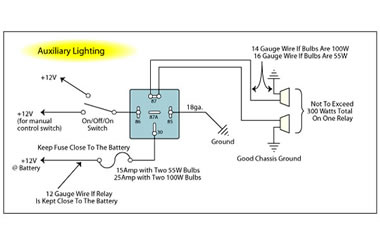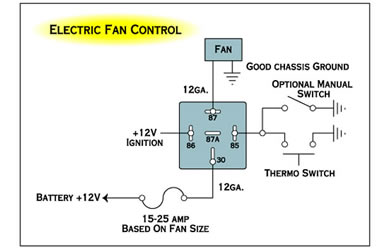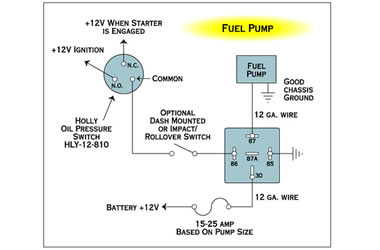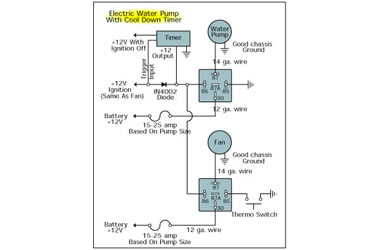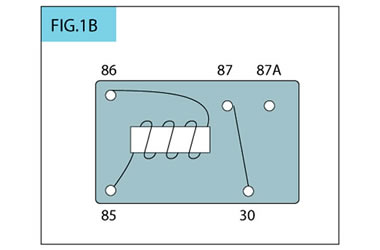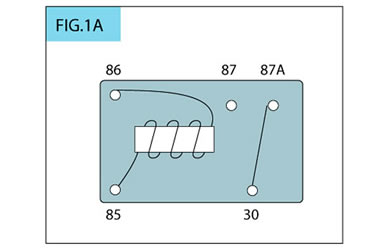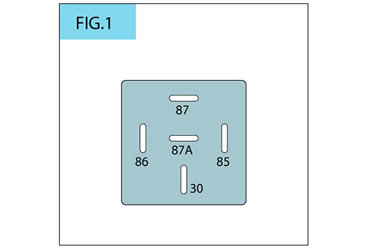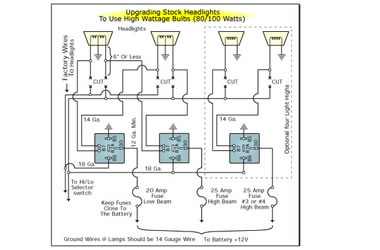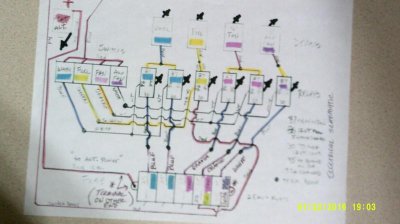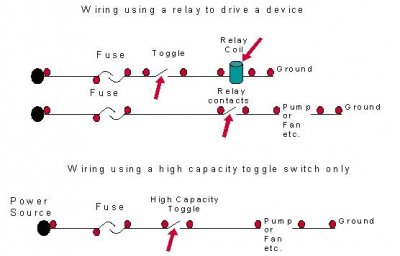Mike Gaines
Well-Known Member
- Local time
- 2:01 AM
- Joined
- Apr 17, 2014
- Messages
- 2,098
- Reaction score
- 4,297
- Location
- Ahwahnee, (Fresno) California
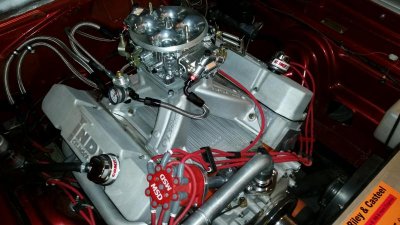 I need help with this.
I need help with this.I have a Mallory 140 Electric Fuel Pump with a Mallory Return Style Fuel Pressure Regulator and a Aeromotive Liquid Filled Fuel Pressure Gauge.
Problem:
I can set the fuel pressure at exactly 7.5lbs (as per Holley's Instructions) with the fuel pump turned on but the motor NOT running. It stays steady at 7.5lbs with the pump merely running off the battery (and the motor not yet started).
When I start the motor the Fuel Pressure Gauge fluctuates (bounces) between 6lbs and 9lbs, sometimes not a lot, but at other time it bounces quite a bit.
I mounted a second Liquid Filled 1.5" Fuel Pressure gauge on the "cowl" so I could see it during a 1/4 mile run. There is also a 1.5" liquid fuel pressure gauge mounted next the regulator on the regulator mount beside the carb. Both gauges bounce.
I aimed my "Go-Pro" camera at the cowl mounted liquid filled gauge as I made a 1/4 mile pass. The car seemed to run strong and I didnt feel any "surging" or "motor stalling out, or anything like that but all the way down the strip the Fuel Pressure gauge fluctuated between 6-9lbs pretty violently.
I saw a Painless Performance Fuel Pump Relay Kit in the Summit Catalog (#50102 for about $35) that says it will "prevent voltage drops at the pump thus maintaining constant fuel pressure".
Question: Have any of you guys had any similiar experiences and/or used this relay kit.
I am not sure if I merely have a loose connection at my fuel pump or somewhere else in the fuel pump wiring or if the fuel pump is defective...or what ??
Help, Please

